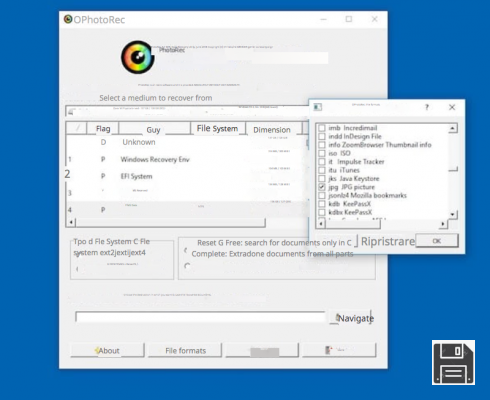
Introduction
Welcome to our article where we will share with you valuable tips and techniques to perform photo retouching quickly, easily and professionally. If you are passionate about photography and want to learn how to edit and improve your photos using different tools and programs like Photoshop, you are in the right place. Throughout this article, we will provide you with tips and tricks to achieve professional photo retouching results.
1. Tools and programs for photo retouching
The first step to performing quality photo retouching is having the right tools. One of the most popular and powerful programs for photo retouching is Adobe Photoshop. This software offers a wide range of functions and tools that will allow you to edit your photos professionally. In addition to Photoshop, there are other free alternatives such as GIMP and Pixlr that also offer excellent results.
1.1 Photoshop
Photoshop is a very complete tool that allows you to make all kinds of adjustments to your photographs. From basic color and exposure corrections to more advanced touch-ups like blemish removal, cloning, and element manipulation. Learning how to use Photoshop can take time, but once you master its features, you can achieve amazing results.
1.2 GIMP
GIMP is a free alternative to Photoshop that offers many of the same features and tools. Although its interface may be a little less intuitive, GIMP is a great option for those who don't want to invest in paid software. With GIMP, you can make basic adjustments, apply filters and effects, and successfully retouch your photos.
1.3 pixels
Pixlr is another free option that stands out for its ease of use and friendly interface. Although it doesn't have all the advanced features of Photoshop, Pixlr offers basic editing tools that will allow you to improve your photos quickly and easily. It's a great option for beginners or those looking for a lighter solution.
2. Techniques and tips for photo retouching
Now that you know the most popular tools and programs for photo retouching, it's time to learn some techniques and tips that will help you achieve professional results. Here are some recommendations:
2.1 Color and exposure correction
One of the most important aspects of photo retouching is color and exposure correction. Make sure you adjust these parameters correctly to obtain a balanced and realistic image. Use the levels, curves and white balance tools to achieve the desired results.
2.2 Removal of imperfections
If your photo has imperfections such as blemishes, wrinkles, or unwanted elements, use the cloning and blemish removal tools to correct them. Be careful not to overdo it and keep the image natural.
2.3 Sharpness adjustment
To highlight the details in your photo, use the unsharp tool or unsharp mask. Adjust the amount of sharpening subtly to prevent the image from looking artificial.
2.4 Using layers and masks
Layers and masks are powerful tools that allow you to make selective adjustments to your photo. Use layers to work non-destructively and masks to hide or reveal specific parts of the image.
FAQs (Frequently Asked Questions)
FAQ 1: What is the best program for photo retouching?
There is no one program that is best for everyone, as it depends on your needs and preferences. Adobe Photoshop is widely used and offers a wide range of features, but if you're looking for a free alternative, GIMP and Pixlr are great options.
FAQ 2: How long does it take to learn how to retouch photographs?
The time it takes to learn how to retouch photos varies depending on dedication and level of prior experience. Mastering all of Photoshop's features can take months or even years, but with constant practice and patience, you can start getting satisfactory results in no time.
Conclusion
In short, photo retouching is a valuable skill that will allow you to improve your photos and achieve professional results. With the right tools like Photoshop, GIMP, or Pixlr, and following techniques and tips like color correction, blemish removal, sharpening, and using layers and masks, you can take your photos to the next level. Remember to practice and experiment to find your own style and enjoy the creative process. Don't hesitate to share your results with us!
Until next time,
The fordatarecovery.com team











